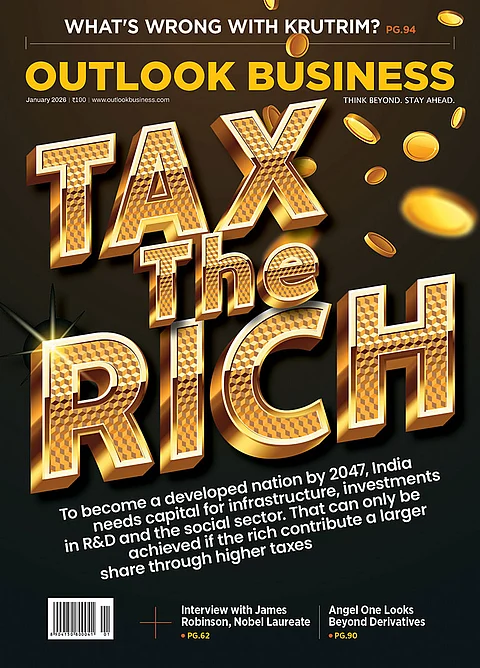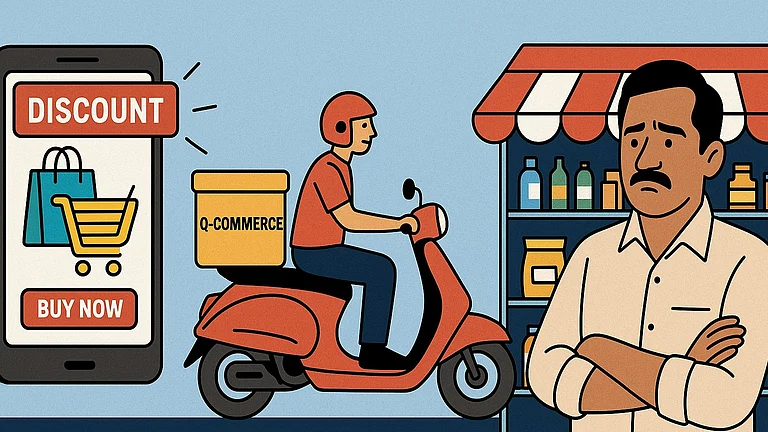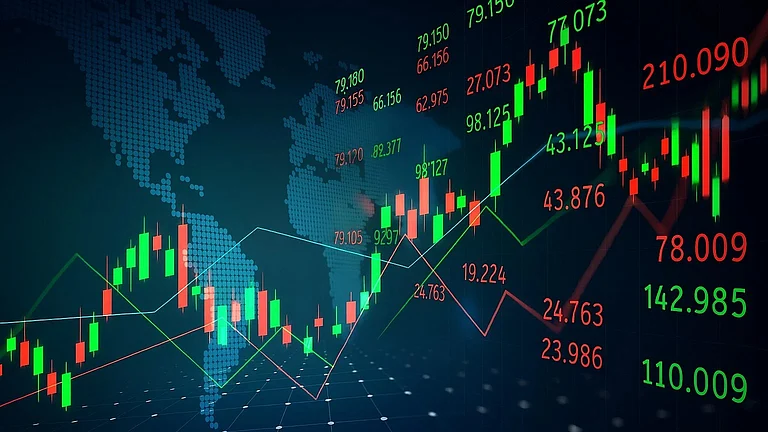
By 2025, Gen Z will drive 43% of India’s consumption, with direct spending power of $250 billion.
Over 60% of all e-commerce transactions now come from tier 2 and 3 cities, reshaping the retail landscape
India’s online retail is projected to jump from $75 billion in 2024 to $260 billion by 2030, powered by young shoppers in non-metro markets
Amid the quick commerce boom, India’s online retail sector is expected to more than triple from $75 billion in 2024 to $260 by 2030. And Gen Z is becoming one of the powerful consumption drivers of this sector, according to a Deloitte-FICCI report titled “Spotting India’s PRIME Innovation Moment”.
The report stated that tier 2 and 3 cities are at the forefront of this shift, which accounts for over 60% of all ecommerce transactions. The quick commerce sector is also witnessing unprecedented growth at 70-80% CAGR. Currently, the 10-minute delivery model is being operated in more than 80 cities across the country.
“The next wave of growth will be driven less by distribution expansion and more by the ability of FMCG, retail, and e-commerce players to anticipate and respond to shifting consumer behaviours, regional nuances and the demand for purpose-led innovation,” said Anand Ramanathan, Partner & Consumer Industry Leader, Deloitte South Asia.
He stated that hyper-personalised experiences, omni-channel integration and localised, sustainable manufacturing will be the critical levers.
With decisive action and strategic foresight, India can double its retail market to nearly $1.9 trillion by 2030 while setting global benchmarks for resilience, innovation and sustainability in the consumer sector, Ramanathan added.
The report highlighted a clear shift towards ‘Made in India’ brands, with 68% of consumers preferring Indian labels in food & beverages, 55% in home décor, and 53% in personal care, the report said.
At the same time, sustainability is redefining consumption, as over 60% of Gen Z and millennials now favour brands with transparent, eco-friendly practices.
With the retail sector contributing more than 10% to GDP and 8% of employment, it is poised to gain further momentum from new trade agreements, tariff changes, and robust domestic demand.
“This is creating new sets of growth drivers for the Indian FMCG industry which are propelling it further towards growth. Rural demand continues to be a growth driver. All of this is reflective of deeper brand penetration, improved distribution, and digital reach, highlighting the sector’s contribution in driving economic progress in the country,” it added.
































